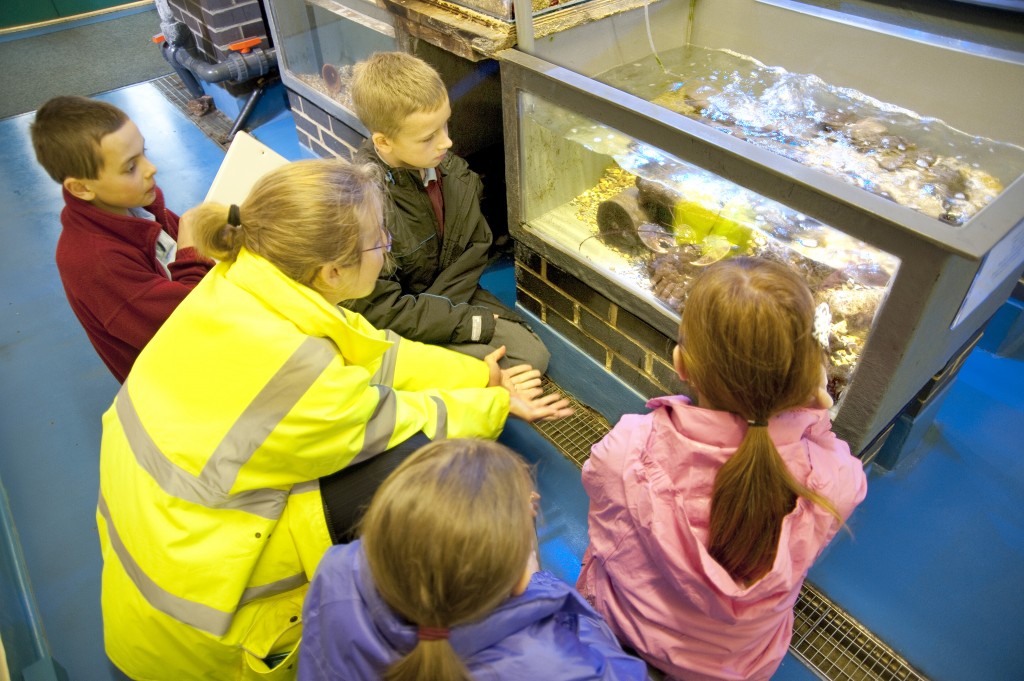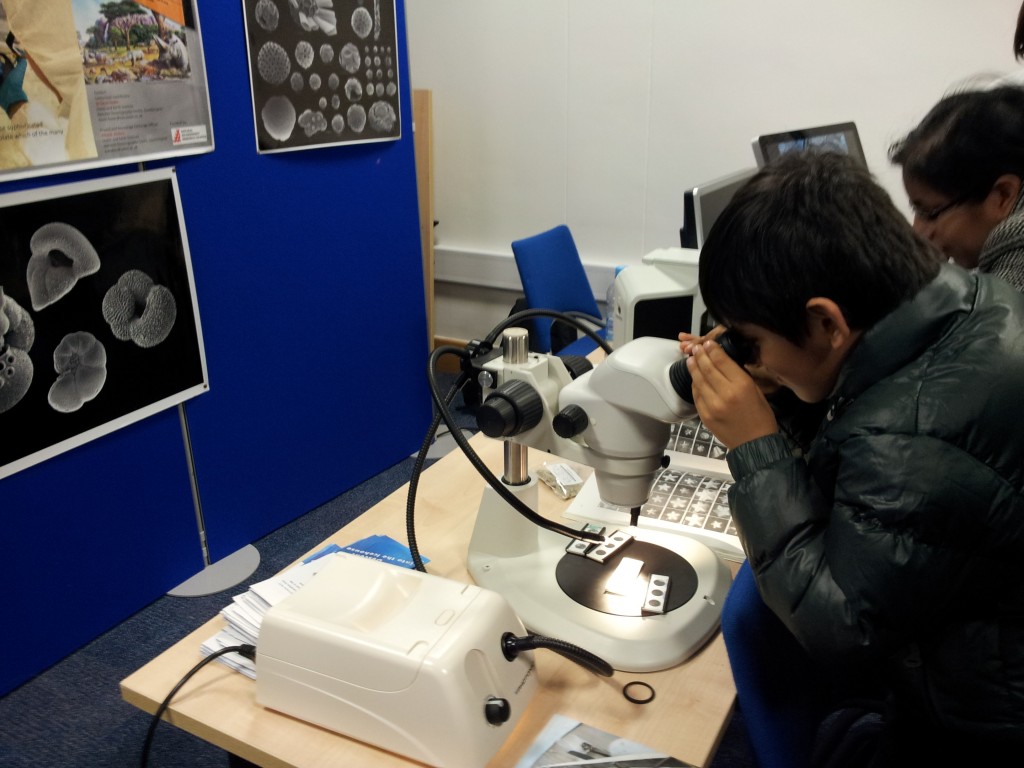
Discovering the world under the microscope
Another very successful Ocean and Earth Open Day held at NOC, Southampton on Saturday 23 March, 2013. A great turnout on a very cold day, we had over 3000 visitors and the feedback was extremely positive.
The Descent into the Icehouse (@IntotheIcehouse) participated in the event with a poster display and information material about our research work. We had a great attendance; our stand was full most of the time and it was a rewarding and exciting experience for both us and the visitors. It was fantastic to see the excitement in the children’s faces discovering through a microscope the tiny world of microfossils and especially those of foraminifera, a group of single-celled animals that construct shells of almost infinite variety and in most geographical regions.
The study of fossil foraminifera has many applications beyond expanding our knowledge of the evolution and diversity of life. Fossil foraminifera are useful in paleoecology, paleobiogeography, as well as, oil exploration.
The children and their parents had a great time exploring and discovering the wonders of nature and a whole world under the microscope.
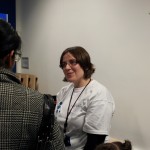
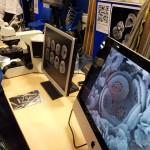
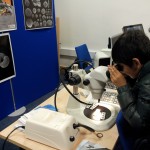
Our OED day would not happen without the help of our scientists and volunteers
Rosie Sheward Eleni Anagnostou Ioannis Komis Samantha Gibbs… and without their enthusiasm, dedication, determination and sheer hard work, this day could not be such a success. I’d like to take this opportunity to say again a very big THANK YOU.
More photos and a video will be made available from NOC online soon, so look out for another post in the next few weeks.
]]>We had a lively discussion and several issues have been raised, some of the most interesting ones were:
- The timescales of global climate change are very different between early Cenozoic and future predictions; how does understanding the Cenozoic help us predict the future?
- Ice caps seem to show a nonlinear response to climate forcing during melting due to a hysteresis effect, but will this hold true on current time scales? Could this response eventually manifest itself into hastened melting as opposed to persistence of ice caps?
- On early Cenozoic time scales, how much does the distance of the Earth’s orbit from the sun implicate atmospheric CO2 levels and how much of that theory is guesswork?
The most intriguing point to me was the question if the change in sea surface temperature was due to decline carbon dioxide concentrations, why/how did the tropics remain fairly stable during the Eocene? What are the possible mechanisms such as different ocean circulation, different atmospheric circulation, or something having to do with the uneven radiation from the sun based on latitude?
Well…. the answer to this question will have to wait until we have generated more data…
Overall, it was a great experience that I would certainly do again.
]]>The group had a packed morning starting with climate change briefing from Michael Henehan and a visit to the site Aquarium to learn about the potential of impacts of climate change on our local marine environment with Chris Sturdy.
The children also went on tour to see how NOC is managing its own carbon footprint with Lewis Rennison & Candy Snelling. This included a popular stop at the Waste Management Area to consider the ‘hidden’ carbon footprint of waste with Chris Bath, Cleaning and Recycling Supervisor.
Finally, the children completed activities that consider their own carbon footprint. The groups were given a helping hand by Southampton Environmental Sub Committee members Bob Whitmarsh and Kate Davis. Using what they learnt from the visit the children put together their own eco-school designs. These were reviewed by the NERC Environmental Management Group in July 2012.
The visit will help the school to progress on the Eco-Schools scheme. By supporting schools on this scheme, it is hoped more local children will become aware of NOC and the fantastic research that occurs at the Centre.
Want to get involved?
We have confirmed eco-school visits in October and November. If you think you can spare a couple of hours to help please email [email protected]
]]>Three other three topics available are:
(i) Boron isotopes in diatoms: a proxy for pH?
(ii) Assessing the magnitude of anthropogenic ocean acidification using boron isotopes;
(iii) Reconstructing the Greenland Ice Sheet in the middle Pliocene.
Funding is not guaranteed and is subject to interview. If you are interested please follow this link to find out how to apply.
]]>

